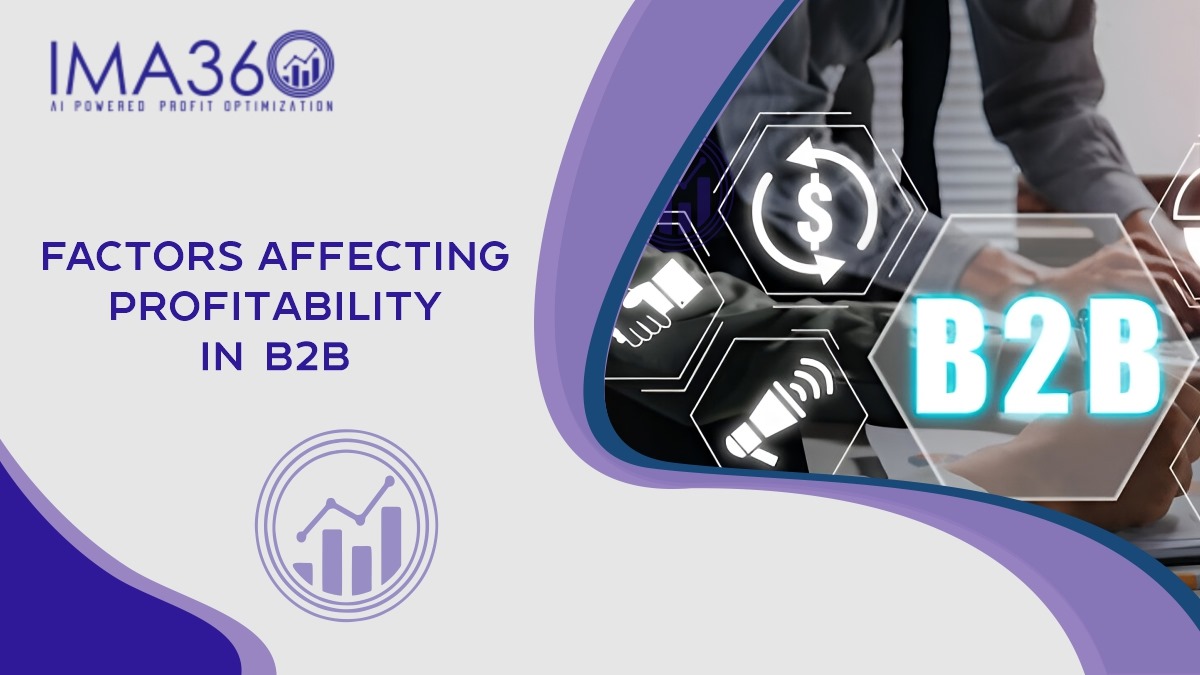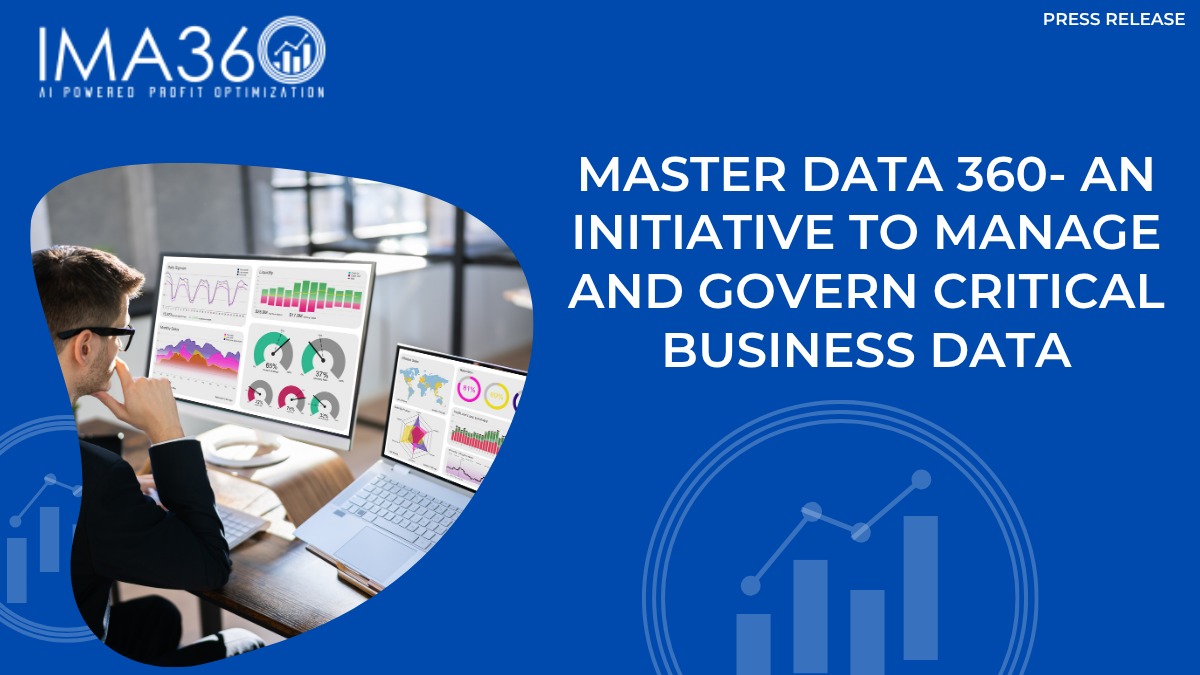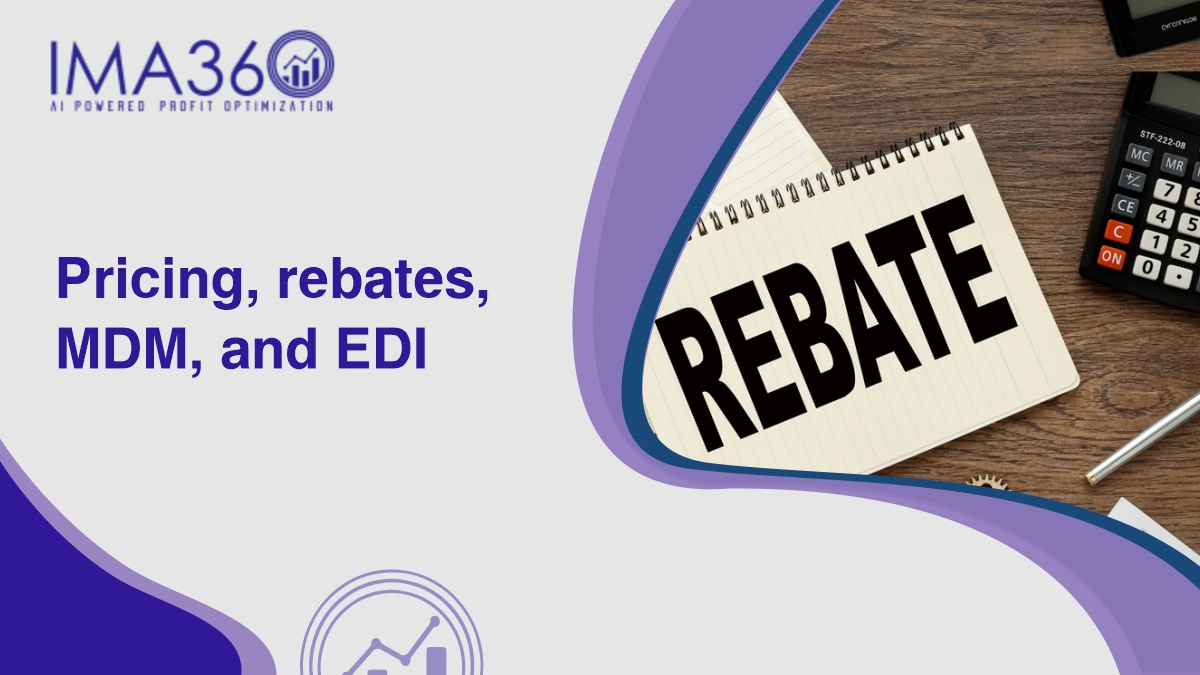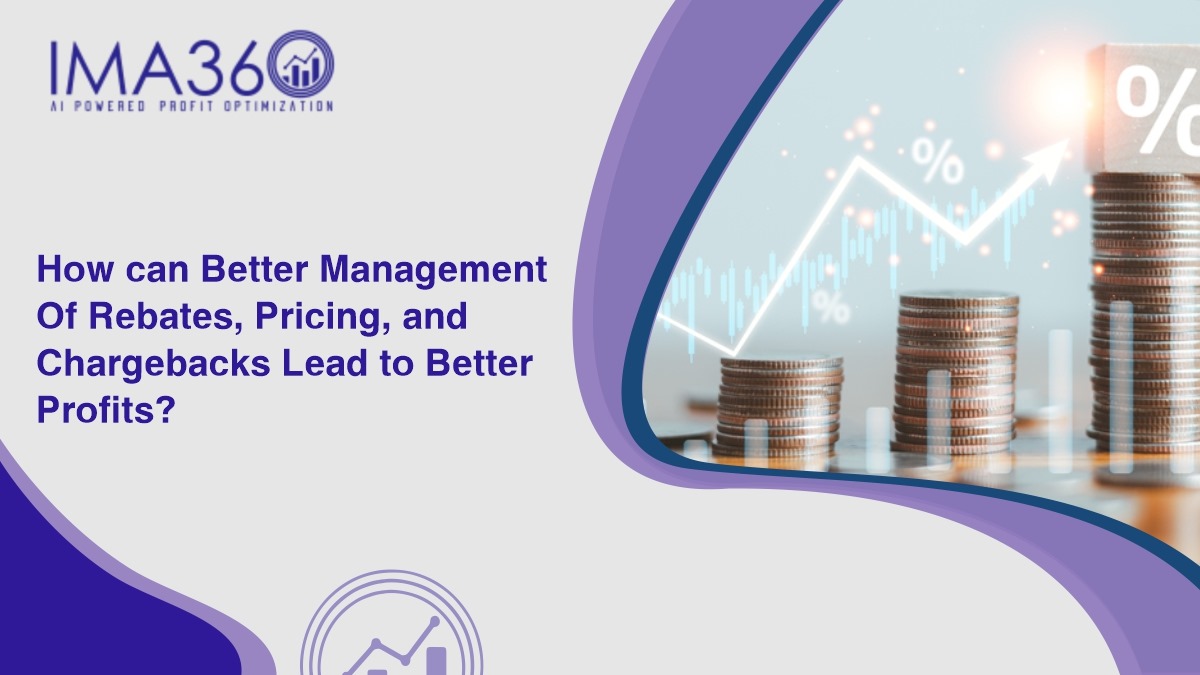In B2B, it is often said that profitability depends on several factors. Let’s explore the factors that directly impact margins, operational efficiency, and profitability.
They are-
Pricing, Rebates, Chargebacks, Promotions, Contracts, Sales Incentives, Compliance, Royalties.
The reason is that these levers are dynamic and ever-changing in nature. They play a crucial role in revenue realization, margin optimization, and customer satisfaction.
Here’s a breakdown of the impact of each and how they collectively influence profitability:
Rebates
Impact on Profitability:
- Improved Partner Retention: Well-structured rebates incentivize higher volume purchases and loyalty from channel partners and customers.
- Margin Control: Accurate rebate calculations prevent overpayment or underpayment, protecting margins.
- Cash Flow Optimization: Timely and accurate accruals aid forecast payout liabilities and avoid cash surprises.
Example: A manufacturer offering tier-based volume rebates can increase sales while avoiding margin erosion by ensuring rebate thresholds are met before discounts are applied.
Promotions
Impact on Profitability:
- Revenue Uplift: Strategic promotions drive demand and clear excess inventories.
- ROI Measurement: Poorly tracked promotions often lead to revenue leakage or cannibalization of regular sales.
- Data-Driven Strategy: Aligning promotions with analytics ensures optimal timing, pricing, and segmentation.
Example: A CPG company with robust promotion analytics can identify which discount campaigns drive true incremental sales vs. those that merely reduce margins.
Chargebacks
Impact on Profitability:
- Error Reduction: Manual chargeback processing leads to inaccuracies and revenue leakage.
- Dispute Resolution Efficiency: Automation helps reconcile discrepancies quickly, reducing back-office costs and disputes.
- Retailer Relations: Transparent chargeback processes strengthen distributor relationships.
Example: Managing chargebacks with automation ensures that wholesaler contracts are honored without overpayment, preserving profit margins.
Contracts
Impact on Profitability:
- Compliance & Risk Mitigation: Centralized contract management ensures pricing and terms compliance.
- Revenue Assurance: Missed contract obligations (e.g., volume commitments and discounts) can lead to lost revenue.
- Negotiation Power: Data-driven contract management allows for more effective renegotiations and strategic sourcing.
Example: In B2B, dynamic contract tracking can highlight underperforming accounts and trigger renegotiation, improving deal profitability.
Pricing
Impact on Profitability:
- Revenue Optimization: Even a 1% increase in price can lead to an 8-11% increase in operating profit.
- Market Alignment: Data-driven pricing ensures competitiveness without compromising on quality.
- Segmentation & Personalization: Differentiated pricing by customer segment or geography maximizes value capture.
Example: SaaS companies often use tiered pricing to capture more value from larger customers while remaining accessible to small users.
Royalties
Royalties play a critical role in the profitability of pharmaceutical manufacturers in the USA, especially those engaged in licensing agreements for drug compounds, patented technologies, or brand rights.
These royalty payments can be either an expense (outgoing) or revenue (incoming), depending on whether the company is licensing a product from another party or licensing out its intellectual property.
Royalties are payments made to an intellectual property (IP) owner—such as a drug inventor or a biotech firm—by another party that is using that IP, typically calculated as a percentage of sales revenue.
Impact on profitability
When Paying Royalties (Licensing-In)
- Increased COGS: Royalty payments are often a recurring cost that adds to the cost of goods sold.
- Margin Erosion: Higher royalty rates can significantly reduce profit margins, especially for blockbuster drugs.
- Contractual Burden: If terms are rigid or based on gross sales rather than net revenue, the financial burden increases.
When Receiving Royalties (Licensing-Out)
- Recurring Revenue Stream: Licensing out a patented drug or technology provides high-margin income, often with low overhead.
- Leverage of IP Assets: Enhances profitability without additional production or sales costs.
- Global Reach with Local Risk Transfer: Enables monetization in other markets without the risk of market entry.
Example: Licensing a Drug Compound
Company A (Big Pharma) licenses a promising oncology compound from Company B (Biotech Start-up).
- Royalty Agreement: Company A agrees to pay 10% royalties on net sales.
- Drug Sales: $1 billion/year in net sales.
- Royalty Payment: $100 million/year to Company B.
Financial Impact:
MetricValue
Revenue from Drug Sales $1,000 million
Cost of Manufacturing, etc. $300 million
Royalty to Company B $100 million
Gross Margin $600 million
Profit After Royalties $500 million
Without the royalty, the margin would be $600 million, but with royalties, profitability drops by $100 million, affecting both gross and operating margins.
Challenges in Royalty Management
- Complex Calculations: Especially with multi-tiered or geographic-specific royalty rates.
- Audit and Compliance: Misreporting sales can lead to penalties or lawsuits.
- Currency & Tax Complications: International royalties introduce foreign exchange and transfer pricing issues.
- Contract Ambiguity: Poorly defined terms, like net vs. gross sales, can cause disputes.
How to Manage Royalties to Protect Profitability?
- Automate royalty calculations to avoid under-/over-payments.
- Use contract lifecycle management (CLM) tools to ensure compliance with IP agreements.
- Audit third-party sales regularly when licensing out IP.
- Renegotiate terms for long-term drugs to reduce burdensome royalty structures.
Sales Commissions
Sales commissions significantly affect the profitability of B2B organizations by influencing the cost of sales, revenue growth, sales team motivation, and long-term customer value. While commissions are an essential tool for driving performance, poorly designed commission structures can erode margins, promote undesired sales behavior, or inflate acquisition costs.
Sales commissions are incentive-based payments given to sales personnel or partners based on their performance, usually tied to revenue generated, units sold, or other metrics like profit margin, new customer acquisition, or contract length.
Impact on Profitability (Negative if Poorly Managed)
Cost of Sales Increases:
- Commissions are a variable expense, rising in proportion to sales.
- If payouts are too high, especially on low-margin products, profitability suffers.
Misaligned Incentives:
- Salespeople may push volume over value, leading to discounting, higher churn, or selling to unfit customers.
- Commission on gross sales instead of net profit can misalign company and salesperson goals.
Revenue Leakage:
- Poor commission tracking or manual errors can result in overpayments or delayed payouts, increasing financial and compliance risk.
Impact on Profitability (Positive if Strategically Designed)
Revenue Growth:
- Well-structured commissions can motivate higher performance, leading to more deals, larger deal sizes, or faster sales cycles.
Customer Lifetime Value:
- Incentives based on retention or long-term revenue improve customer quality and reduce churn.
Sales Efficiency:
- Tiered or quota-based commission structures push reps to sell more efficiently, improving ROI per sales dollar spent.
Example: B2B SaaS Company
Company: Enterprise software provider selling CRM platforms
Sales Model: Direct sales with a 10% commission on contract value
MetricValue
Annual Sales per Rep $2,000,000
Commission Rate 10%
Total Commission Expense $200,000
Gross Margin on Product 70% ($1.4M)
Operating Profit After Commission $1.2M
If the same product had only a 40% margin, the profit would be only $600,000, making the $200K commission expense a 33% hit to profitability.
Common Pitfalls
- Flat commission rates across products with different margins
- No clawbacks for canceled contracts or bad-fit customers
- Lack of automation, leading to inaccurate or late commission payouts
- Overcompensation of low-performers, diluting incentives
When designed and managed properly, sales commissions:
- Boost revenue while protecting margin
- Incentivize strategic behaviors (e.g., longer contracts, bundling)
- Create scalable, predictable sales cost models
How Automation & AI Enhance Profitability:
- Real-time Monitoring: Identifies pricing and promotion leakages immediately.
- Predictive Analytics: Forecasts rebate payouts, optimal promo timing, and pricing elasticity.
- Integrated Workflows: Harmonizes rebate, contract, and chargeback data to ensure aligned execution.
Conclusion
Effective management of rebates, promotions, chargebacks, contracts, and pricing is not just an operational necessity but a strategic lever for profit growth. Organizations that align these functions through centralized systems and advanced analytics see:
- Reduced revenue leakage
- Improved cash flow visibility
- Greater agility in pricing and promotional decisions
- Strengthened partner relationships
Profitability is maximized when these areas work in unison, powered by data and automation.

Deepak Bhardwaj has 10 years of experience advocating AI for profit and revenue optimization, data security, and analytics.
He has partnered with customers in USA, UK, and the APAC region to help them with suitable AI solutions as per their needs.







